For Ryzen’s 7000X3D, there are unfortunately no hidden backdoor menus on the motherboards to unlock the “X GHz” settings. These processors were deliberately blocked by AMD for overclocking, at least in the traditional way. To get the best performance out of the Ryzen 7950X3D, you can only resort to technologies like Precision Boost Overdrive 2 or EXPO (memory overclocking profiles) here, but they do not provide the very best results.
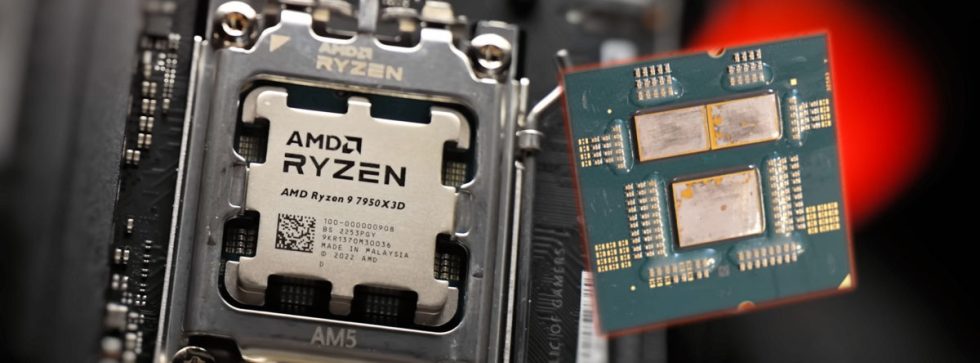
SkatterBencher has now had a hand in this, going into detail and explaining each of the possible strategies to get more performance out of the Ryzen X3D CPUs. He explains the differences between two of the Raphael dies (chiplets) in the new Ryzen 9 X3D package. Here we also learn that CCD0 (with 3D V cache) has a lower maximum frequency limit of 5250 MHz and a lower voltage limit of 1.2 V, while CCD1 (without 3D V cache) can go up to 5750 MHz and 1.4 V. For comparison, the original 7950X SKU only has an Fmax limit of 5850 MHz and 1.475 volts.
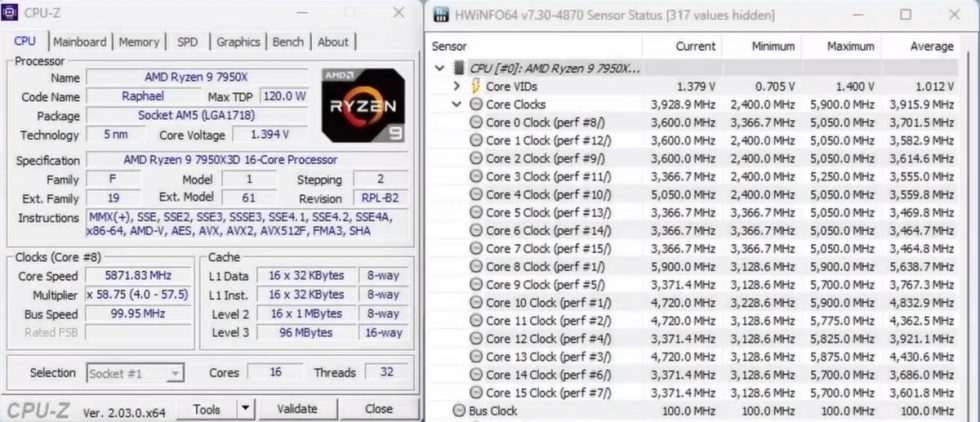
With PBO2 and Voltage/Frequency Curve Optimizer enabled, the overclocker can force the CPU to higher frequencies. This requires a lot of fine tuning, but this strategy can increase the Fmax frequency to 5900 MHz. This method involves lowering the V/F curve to increase the CPU clock, but there is an even better method that uses the ECLK feature available for Raphael CPUs. SkatterBencher explains that Raphael ECLK (External Clock Generator) is available for Ryzen CPUs and how it can be used to push the 7950X3D into higher clock speeds.
In short, changing ECLK to 105 MHz increases a voltage-frequency-temperature point from 5.0 GHz/1.1V/50°C to 5.25 GHz at the same voltage and temperature. The point is that the Ryzen 7000X3D series can still be overclocked, but this requires ECLK and VF adjustments that can be complicated for some users (SB has a step-by-step guide). Furthermore, the performance depends on the cooling solution, the motherboard used and of course the capacities of the individual Ryzen models.
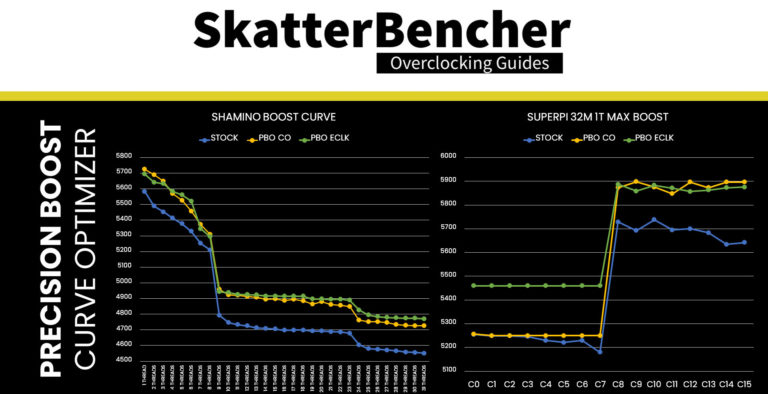
Out of the box, the CPU runs at 4255 MHz with all cores at 0.9 V during the Prime95 test. The temperature is reportedly 66.8 °C, while the entire case consumes about 121.6 W. Disabling the AVX512 instructions increases the clock rates to 4553 MHz, but this is accompanied by a higher temperature of 81.5 °C and a measured power consumption of 134.2 W. With ECLK/PBO/VF overclocking, SkatterBencher reports 4592 MHz, 83.3 °C and 152.1 watts for AVX-512 disabled Prime95 workload (remember: this is the average frequency of all cores). This overclocking brought up to 9% better performance in the synthetic tests used. Unfortunately, it only brought a minimal performance increase in gaming, as this slide shows:
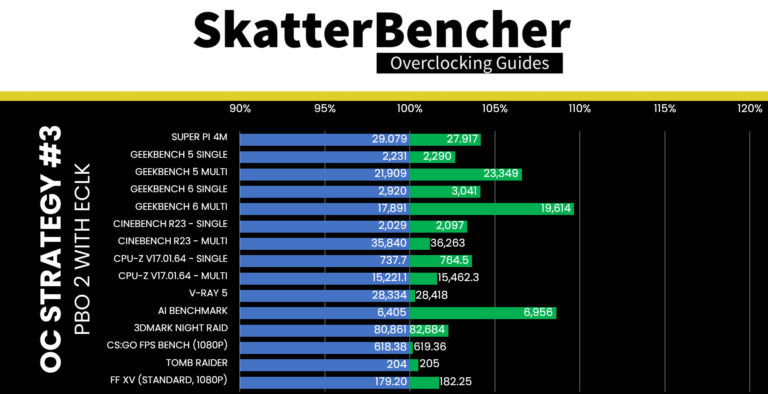
Maybe we will have more about the overclocking of the 7000X3D soon, as another well-known overclocker, Der8auer, has already shipped the first unit. Contrary to what the renders showed, there is not much visual difference between the two dies in reality.
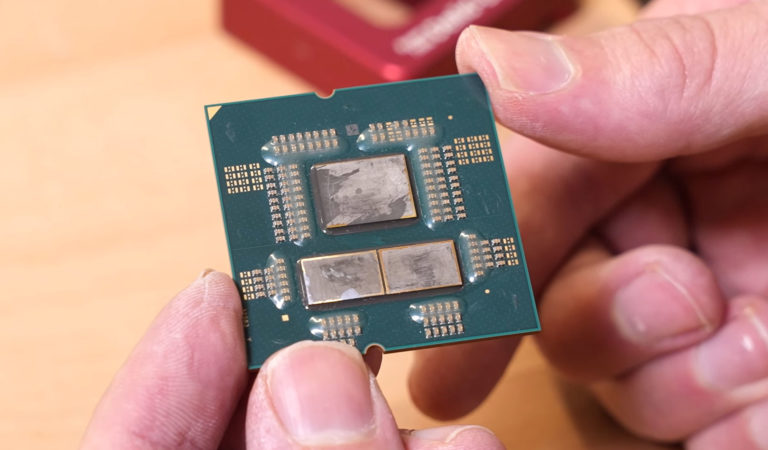
Source:(article, video), De8auer delidding































Bisher keine Kommentare
Kommentar
Lade neue Kommentare
Artikel-Butler
Alle Kommentare lesen unter igor´sLAB Community →